
Written by | Xing Xiao
In the “Star Trek” series, Dr. McCoy’s medical triage instrument is a magical device that can scan patients and immediately provide diagnostic results, basic vital signs, and health parameters, and it is also the dream of many doctors in real life. In 2012, Qualcomm announced the launch of the Qualcomm triage XPRIZE competition, which concluded on April 12, 2017, after five years. The Final Frontier Medical Devices team and the Dynamic Biomarkers team won first and second place respectively, see “Qualcomm Triage X-Prize Competition Determines Winners, Medical Triage Instruments Have Become a Reality“.
If you take a closer look at the champion Final Frontier Medical Devices’ DxtER, its functionality resembles a non-invasive medical diagnostic tool rather than an integrated scanner. It can measure heart rate, blood pressure, respiratory rate, temperature, and oxygen saturation. It provides a Mono testing kit, an ECG monitor, and devices like DxtER Orb, enabling it to function as a thermometer and stethoscope. However, these tools still need a few years to mature and be brought to market. This startup plans to use the $2.5 million prize to conduct clinical trials involving up to 500 participants.
The runner-up, Dynamical Biomarkers Group, offers a solution that looks like a cross between a first-aid kit and a tackle box. It provides various blood testing tools and sensors for detecting vital signs, along with a smart zoom lens. Clearly, XPRIZE participants are working hard to achieve a simple immediate diagnostic process that can be carried by patients and used anywhere.
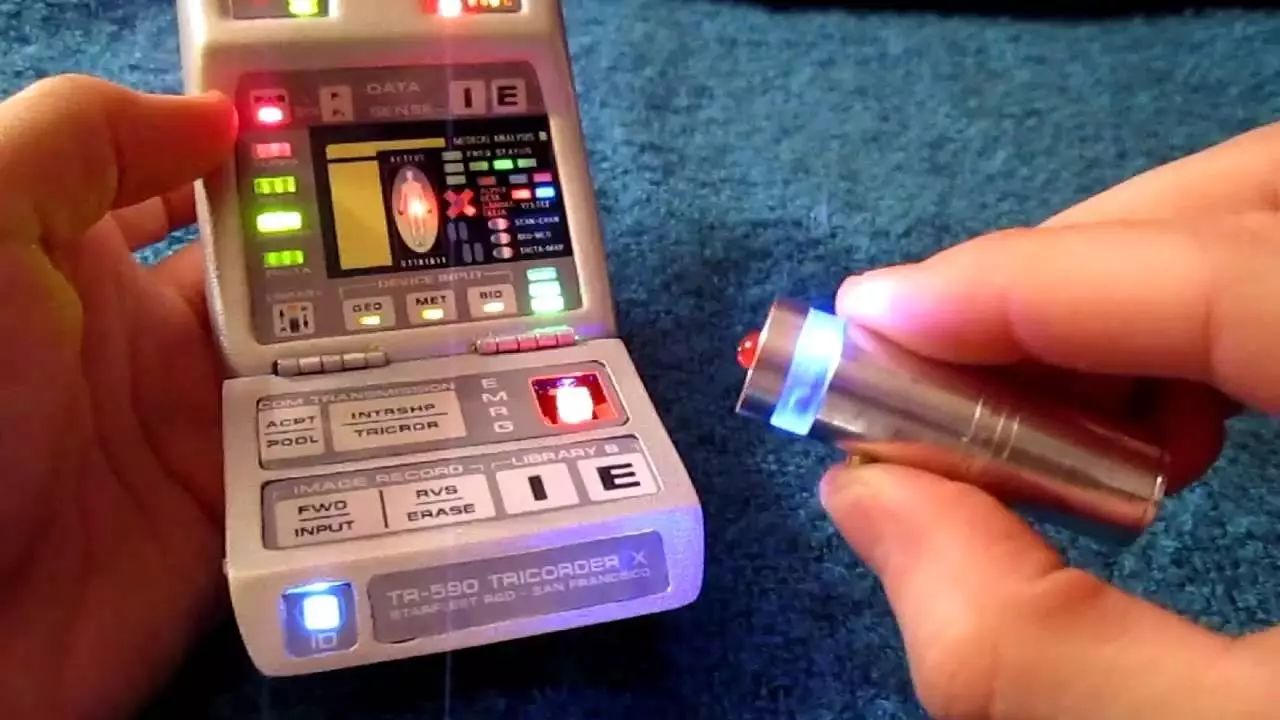
Although the aforementioned devices can measure many vital signs and health parameters, the triage instrument used by Dr. McCoy in “Star Trek” is still far from reality. However, any portable digital health innovation that can make diagnosis faster, more accurate, and cheaper is crucial for achieving immediate patient testing. As we enter the 21st century, it is still unfortunate that we need to spend time and effort detecting basic vital signs. This process should be step 0, where any required data should be accurately obtained when a patient meets a caregiver. This is a concept that portable diagnostic devices aim to support and further develop.
This article will provide a brief analysis of the performance of portable diagnostic devices currently on the market for those looking to further develop existing innovations. How well do they measure health parameters? Have they received FDA approval? How accurate are the tests? How user-friendly are they? Can they communicate with smartphones? The latter is a key reason for including devices as part of the digital health landscape. Regardless of the measurement results of health parameters, communication with smartphones should be an influential component of their system.
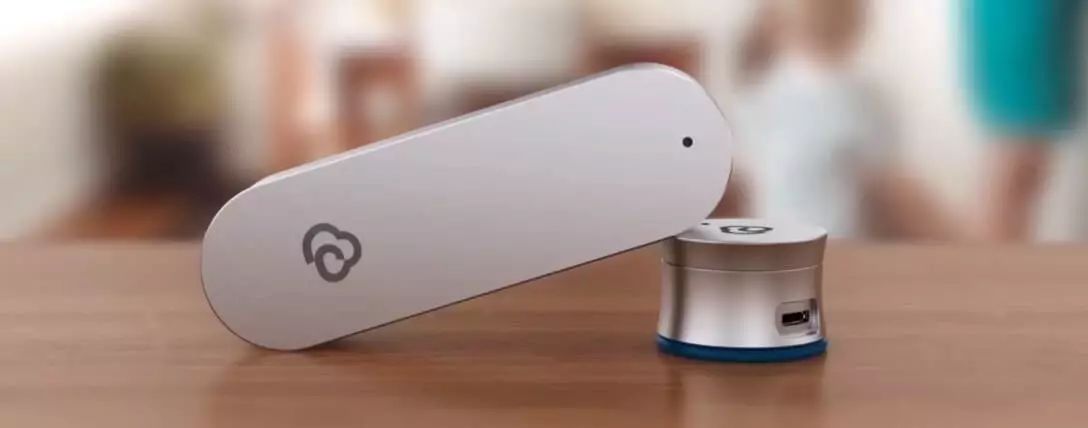
From asthma and pneumonia to colds, doctors have always relied on stethoscopes to diagnose common diseases. Modern stethoscopes have become symbols of physicians, and digital stethoscopes have elevated the old devices to new heights to meet the demands of the 21st century.
a) Clinicloud
This is one of the best digital health devices currently on the market. It is small, easy to operate, and portable and smart. It allows patients and doctors to detect heart rates and record sounds from the heart and lungs, automatically saving them to an app. By combining next-generation infrared technology with Bluetooth connectivity, you can also remotely transmit test results to clinical practitioners for later comparison. Clinicloud also includes a thermometer in its device that can read temperature without touching the skin.
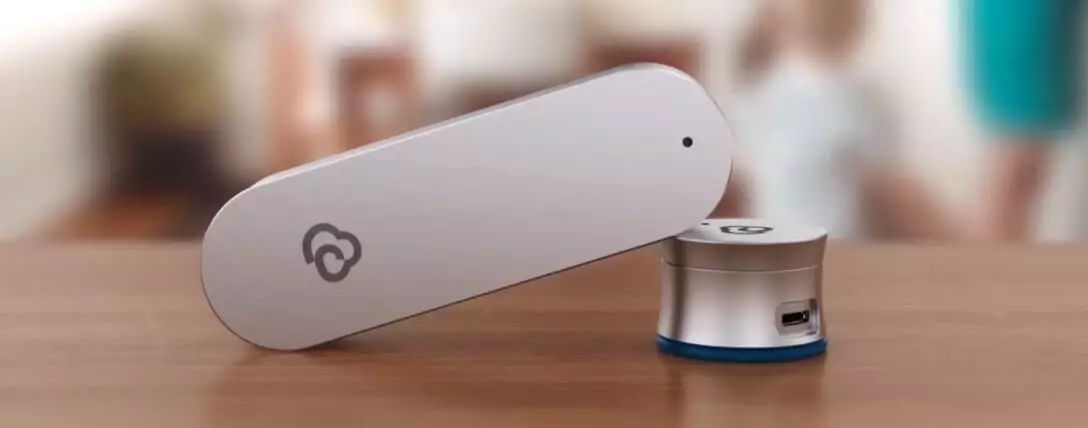
b) Eko Core
The Eko Core digital stethoscope shares many similarities with Clinicloud. It is also small and portable, suitable for busy doctors’ pockets. It is very easy to use and can provide intelligent detection of sounds from the heart, lungs, and more. When using Eko Core, healthcare professionals can also use their mobile devices to save, process, and share sound data. The difference from Clinicloud is that Eko Core can also work in analog mode, meaning it can be used like a traditional stethoscope. This sounds good and may help persuade healthcare professionals who are reluctant to use digital health innovations to try new technology.
a) WIWE
Wiwe is a smart sensor that uses unique intelligent algorithms to evaluate the waveform attributes of ECG to calculate the risk of stroke and cardiac arrest related to fibrosis. It provides accurate data on ECG, blood oxygen levels, or various physical activities, and uses a pedometer function to help reduce the risk of heart disease. Thanks to the connectivity of smart gadgets, in case of events such as cardiac arrest, not only the user but also their chosen partners (loved ones and relatives) can be immediately informed.
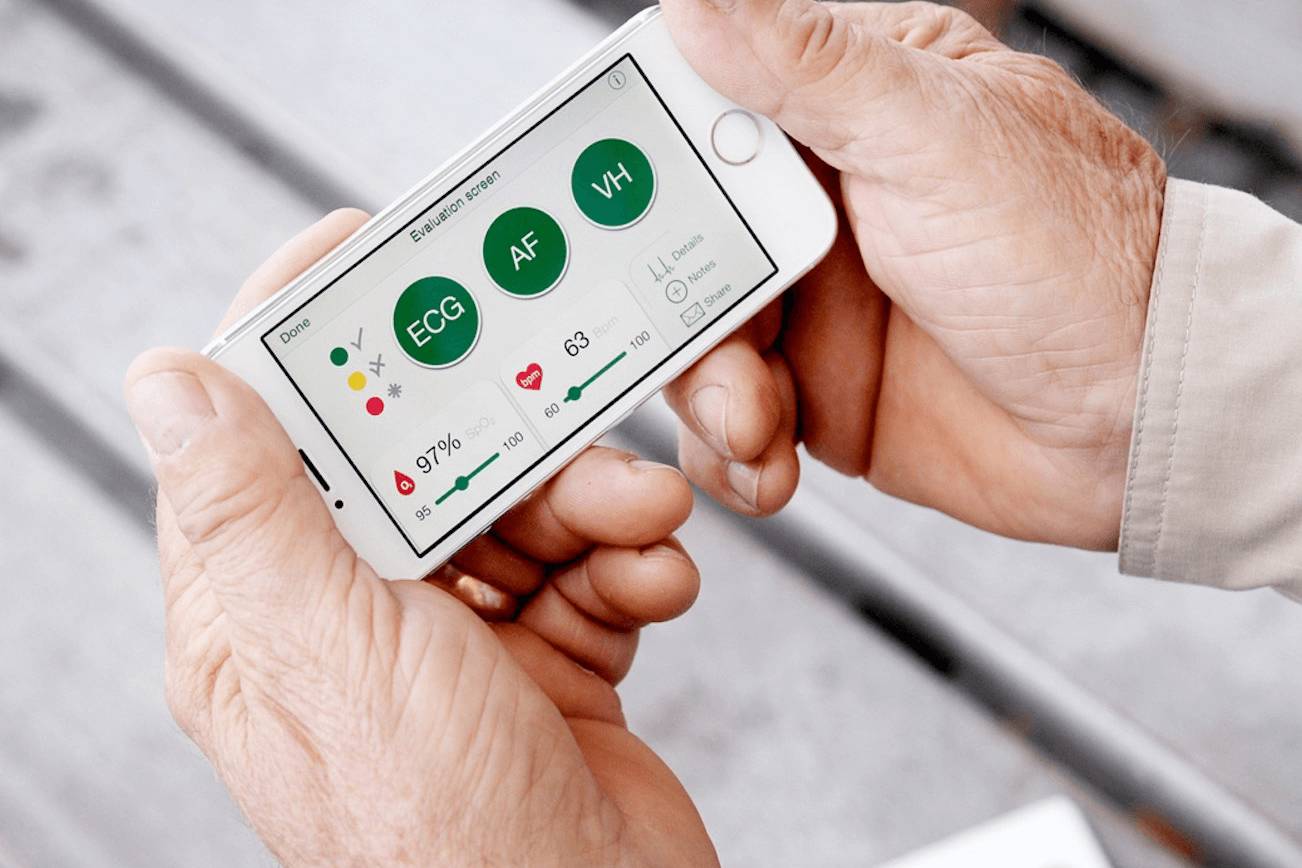
b) AliveCor’s Kardia
Kardia is an FDA-approved medical-grade ECG recorder. It is just a bit thicker than a credit card and fits perfectly in your wallet or pocket. The default option for the heart monitor is to record for 30 seconds and perform appropriate analysis once a heart rate is detected. This means it will immediately inform you whether the ECG is normal, whether there may be atrial fibrillation, or if you might encounter some “unclassified” risks such as premature atrial contractions (PAC) or premature ventricular contractions (PVC).
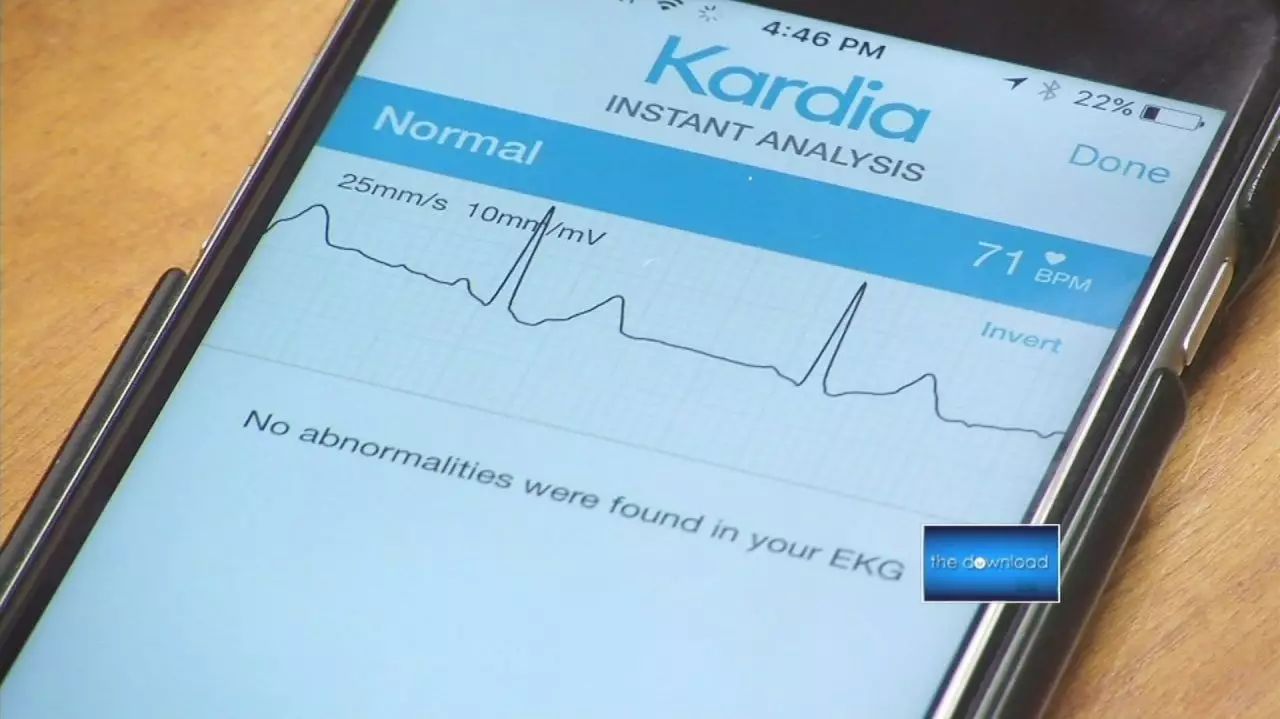
The ECG monitoring devices mentioned above are single-lead ECGs, commonly referred to as rhythm strips; whereas multi-channel ECGs (usually 12-lead) can record information from different perspectives of the heart and provide a more comprehensive picture of cardiac activity. While both types of ECG monitoring are viable, there is only one smart multi-channel ECG device on the market: the ECG Dongle developed by the Russian company Nordavind. It enters the market in two versions: one for general users and one for medical professionals. This is essentially a USB flash drive gadget, with the version for general users calculating the user’s heart data through six standard channels (I, II, III, aVR, aVL, AVF), while the version for medical personnel uses twelve standard channels. To be sufficient to detect various (100%) arrhythmias, this device requires four or ten electrodes simultaneously. Although the ECG Dongle is quite good, it has not received any FDA (or any similar medical regulatory agency) approval.
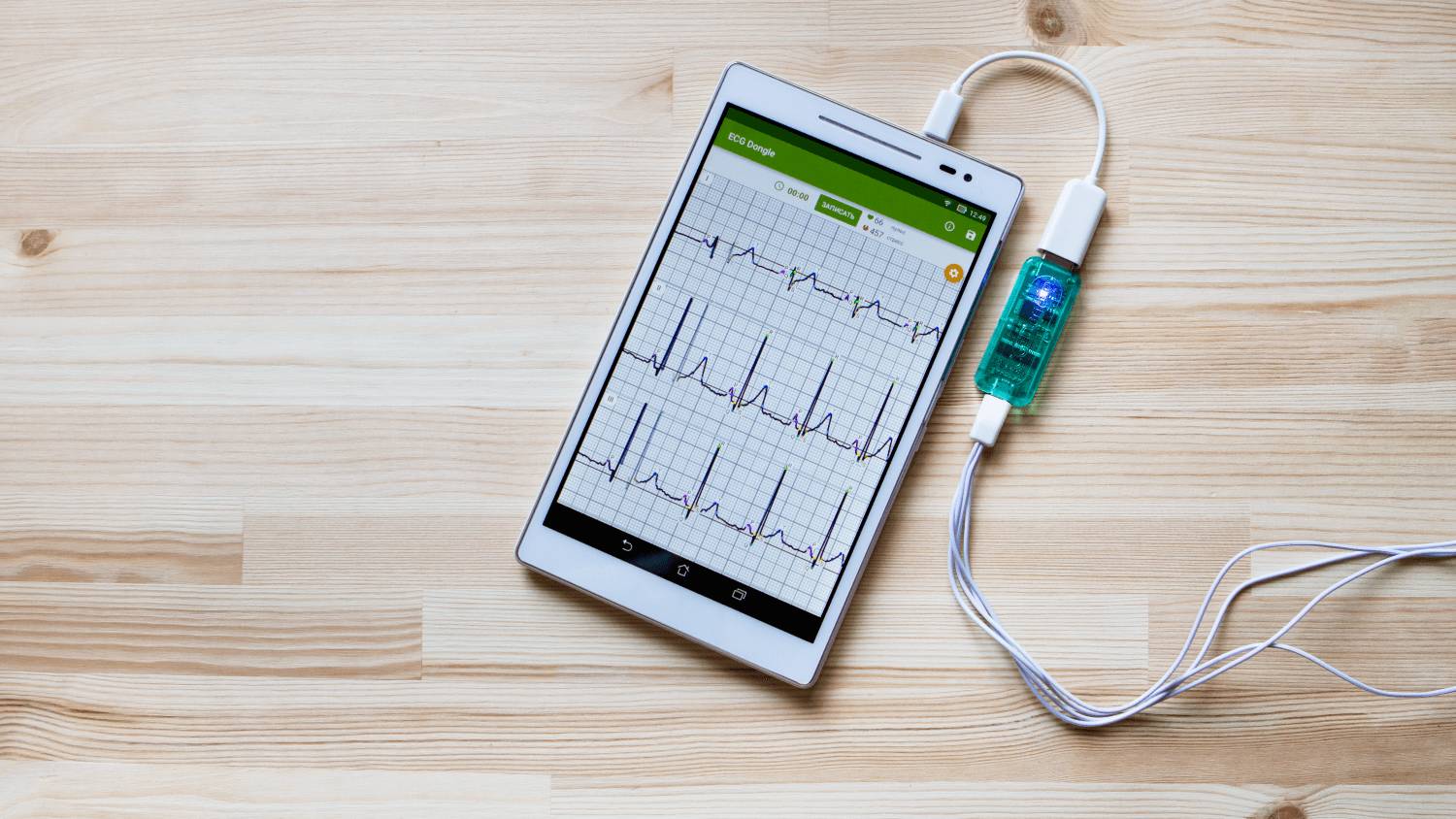
a) Viatom Checkme Pro
This may be the device closest to a medical triage instrument. It is truly versatile: as a health tracker (like a wearable sensor), it can record your ECG (cardiac electrophysiology), measure your blood oxygen saturation, record your daily steps, and can also be used as a thermometer, blood pressure monitor, sleep monitor, and reminder device. It is a truly multifunctional device. At the same time, it is portable, very lightweight, can be handheld, and wirelessly transmits data. Additionally, it has received FDA approval and boasts an amazing battery life. It can be used both in home and clinical settings, especially recommended for professional healthcare personnel. You can even use it as a 24-hour ECG Holter monitor.
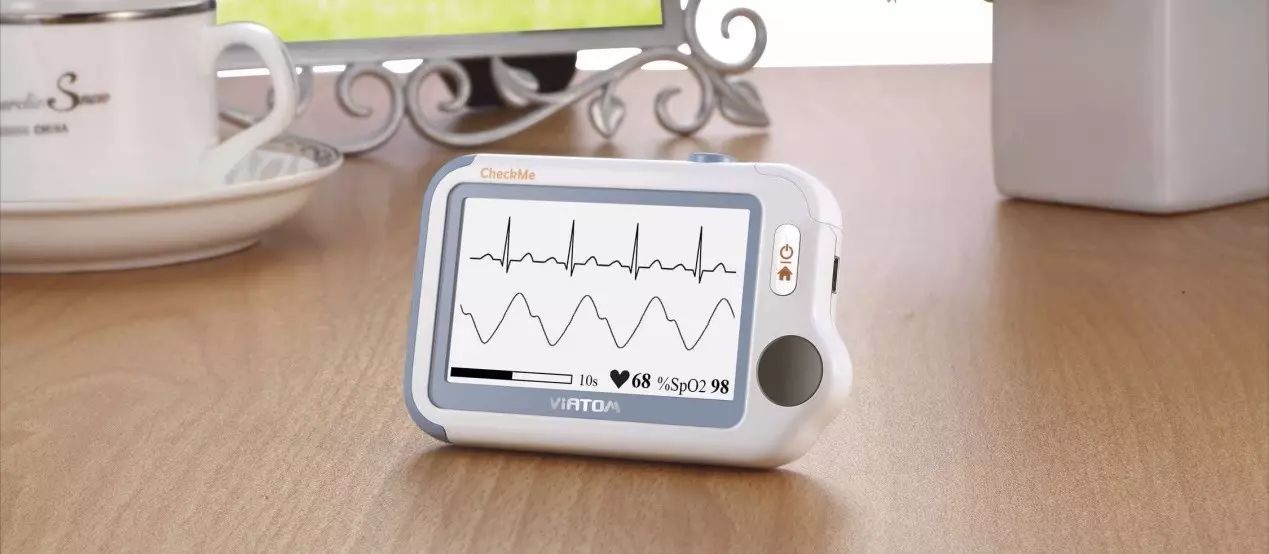
b) Viatom O2 Sleep Monitor
Although the O2 sleep monitor is primarily positioned as a sleep tracking device, it can also detect many vital signs and health parameters. It can monitor your blood oxygen and heart rate levels as well as your activity. When your blood oxygen level drops too low (for example, below 90%), a small vibration function can help resolve the oxygen shortage. Essentially, such a vibration will prompt you to change your body position while sleeping, which is a very useful feature for people with sleep apnea and snoring.
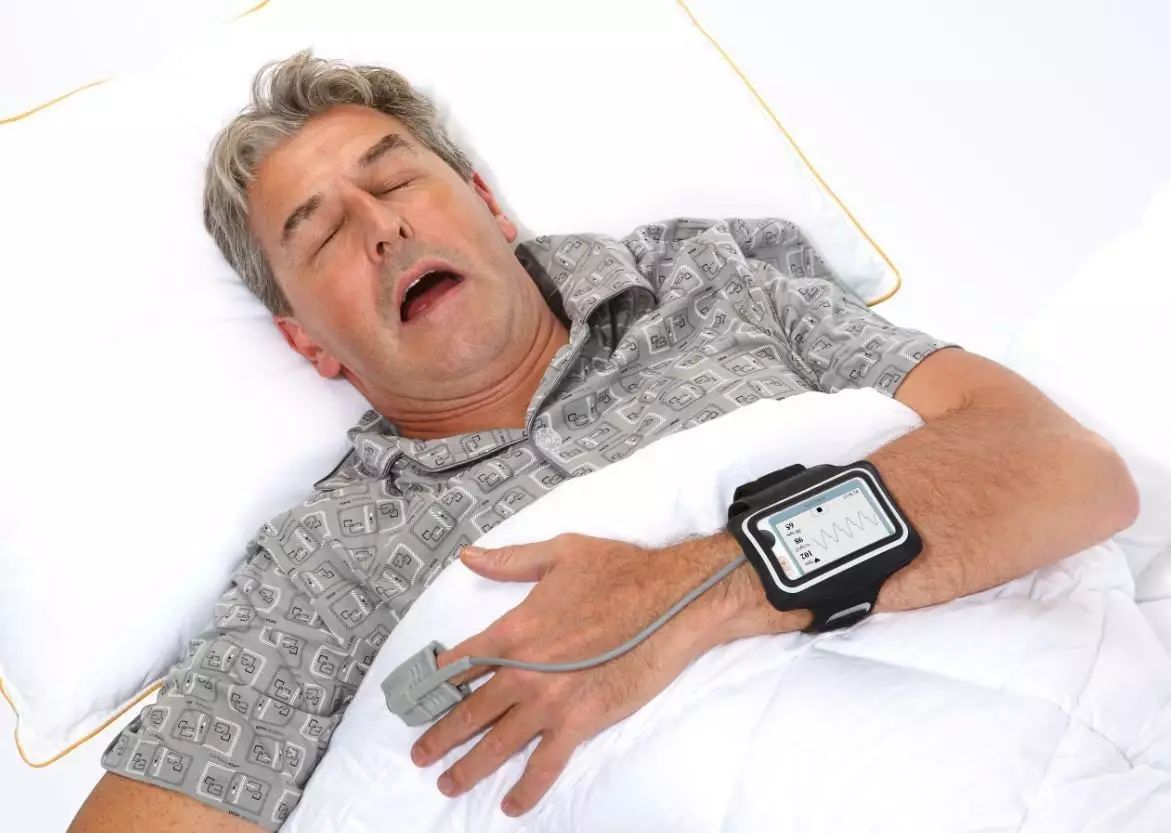
It is clear that this device is named because it looks like a wishbone that people use to wish for good luck, representing people’s good wishes for a swaddled child. Although the Wishbone smart thermometer was developed to take a child’s temperature, you can also use it to measure the temperature of your child’s food or the outside temperature in just a few seconds. It is non-invasive, reliable, and multifunctional, but it has not received FDA approval. The developer, who is both a father and a baby product store owner, realized that a small thermometer that can use a smartphone to measure and monitor temperature is very necessary, and it is undoubtedly a great idea.
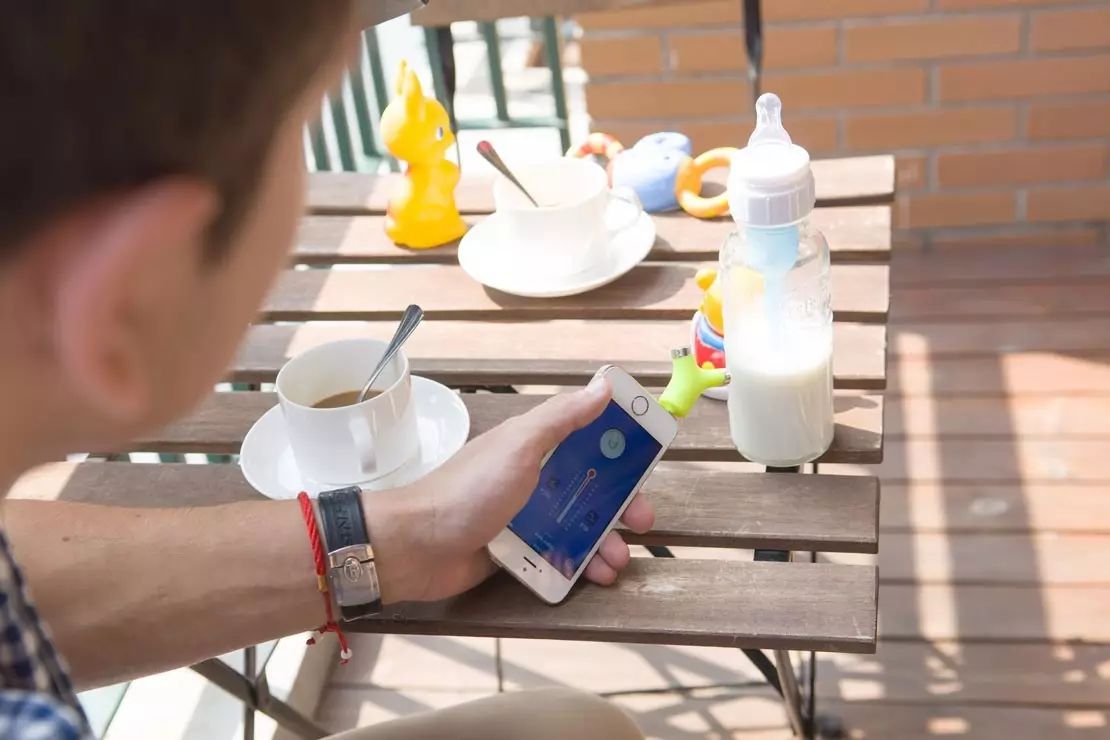
There are many good blood pressure monitoring devices on the market, but few digital devices can connect to smart devices. The Withings blood pressure monitor is an exception: easy to use, stylish, FDA-approved, and wireless and digital. You simply wear it on your wrist, turn on the device, and the Health Mate app will automatically launch. Following its simple prompts, you are ready to measure your blood pressure. The app will provide you with instant feedback based on international hypertension recommendations. Over time, it helps you better understand your heart health, and the Health Mate app can store all your blood pressure readings. Additionally, it creates an easy-to-understand chart to help reflect blood pressure conditions.
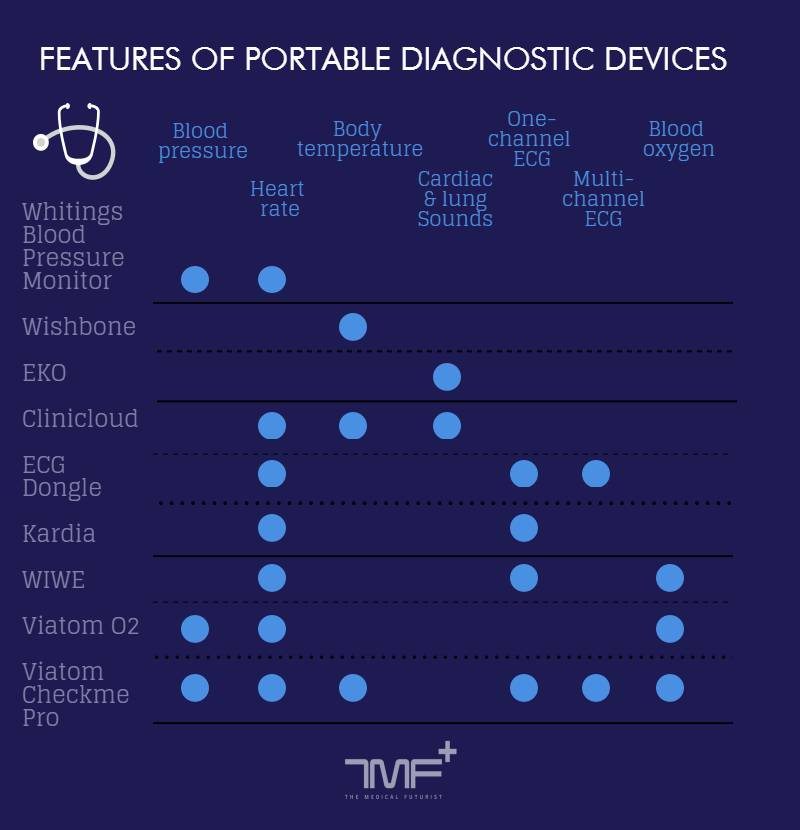
With the advancement of digital health, more new devices will emerge; at the same time, we will need the help of regulatory agencies like the FDA to filter out inferior products and leave only those that are truly reliable.
References:
Rating Portable Diagnostic Devices That Make Patients the Point-of-Care
Click to read the original text for more exciting information and industry reports
